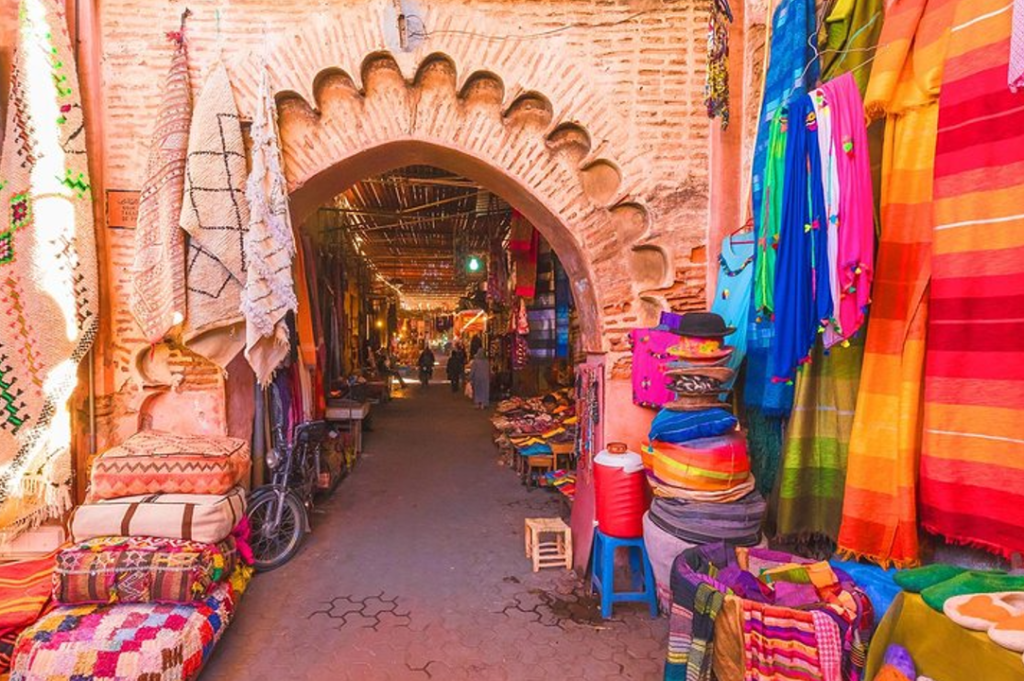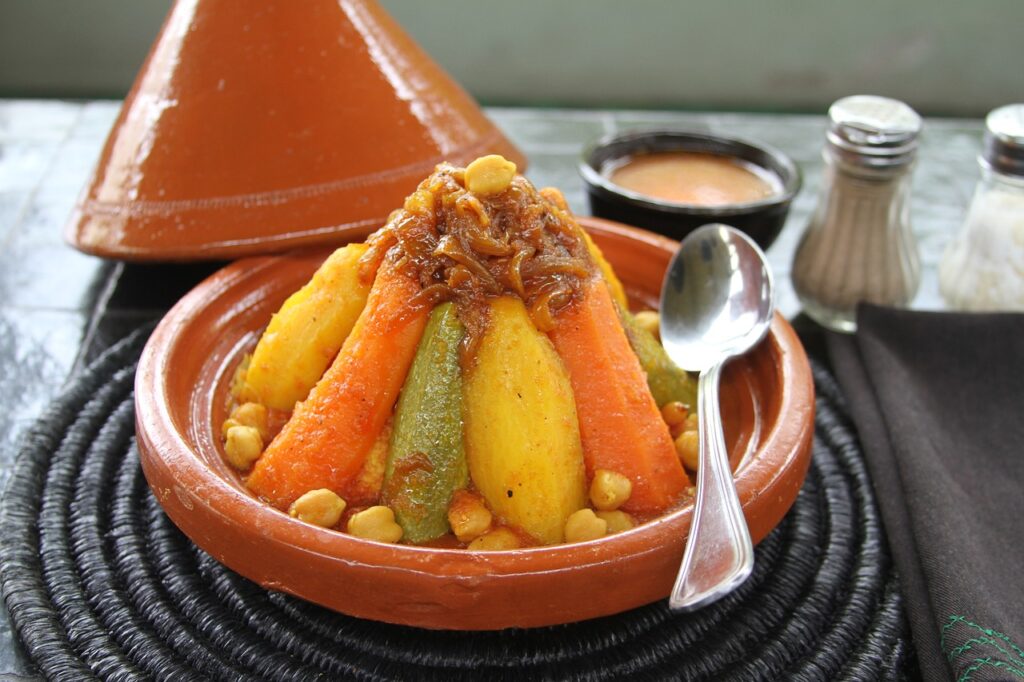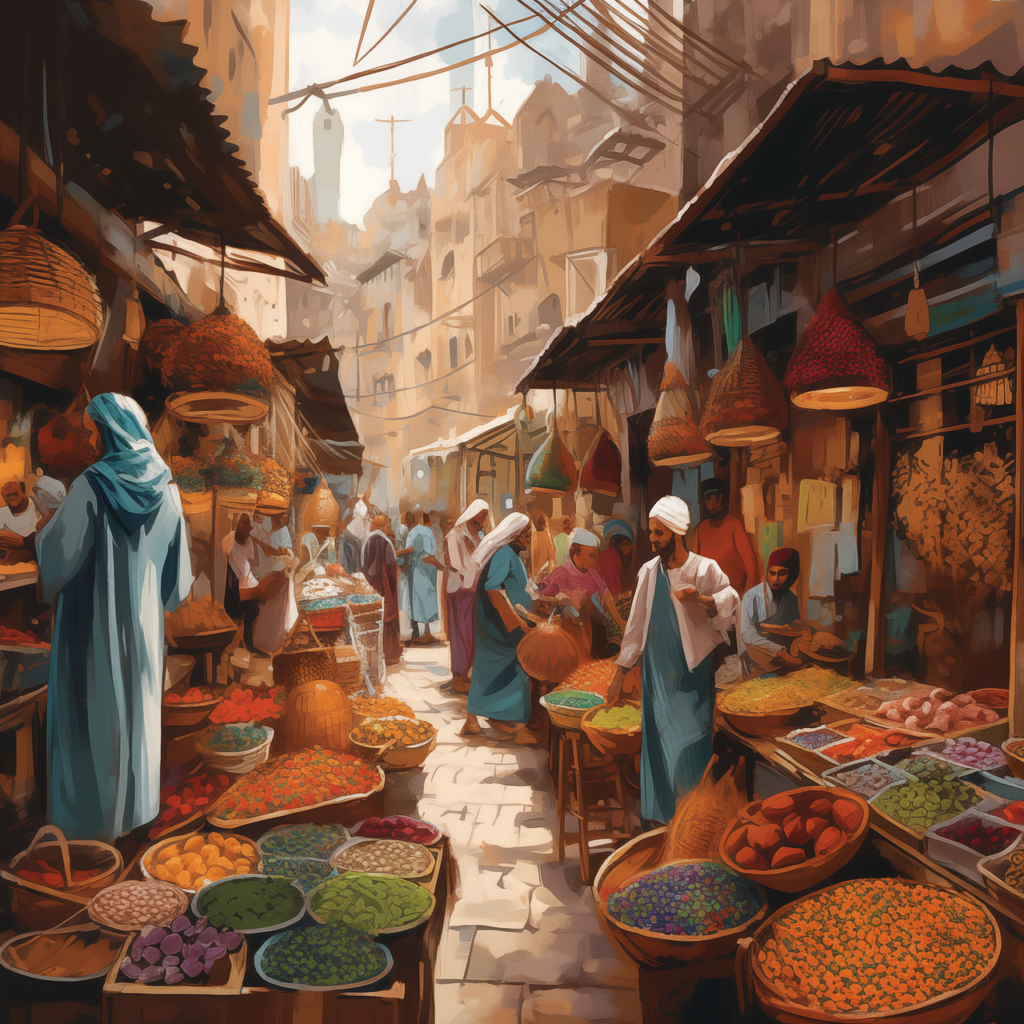Morocco, a land of vibrant culture and rich history, offers a treasure trove of traditional music and dance that tells the story of its diverse heritage. From the mystic melodies of Gnawa music to the graceful and sensual movements of belly dancing, the country’s artistic traditions are deeply rooted in its Berber, Arab, and African influences. For travelers and culture enthusiasts alike, Morocco’s traditional music and dance scenes are not just performances but powerful experiences that reflect the country’s soul. Here, we dive into Morocco’s iconic musical styles and dance forms, with a special focus on where you can experience them live, particularly in Marrakech.
Gnawa Music: The Spiritual Heartbeat of Morocco
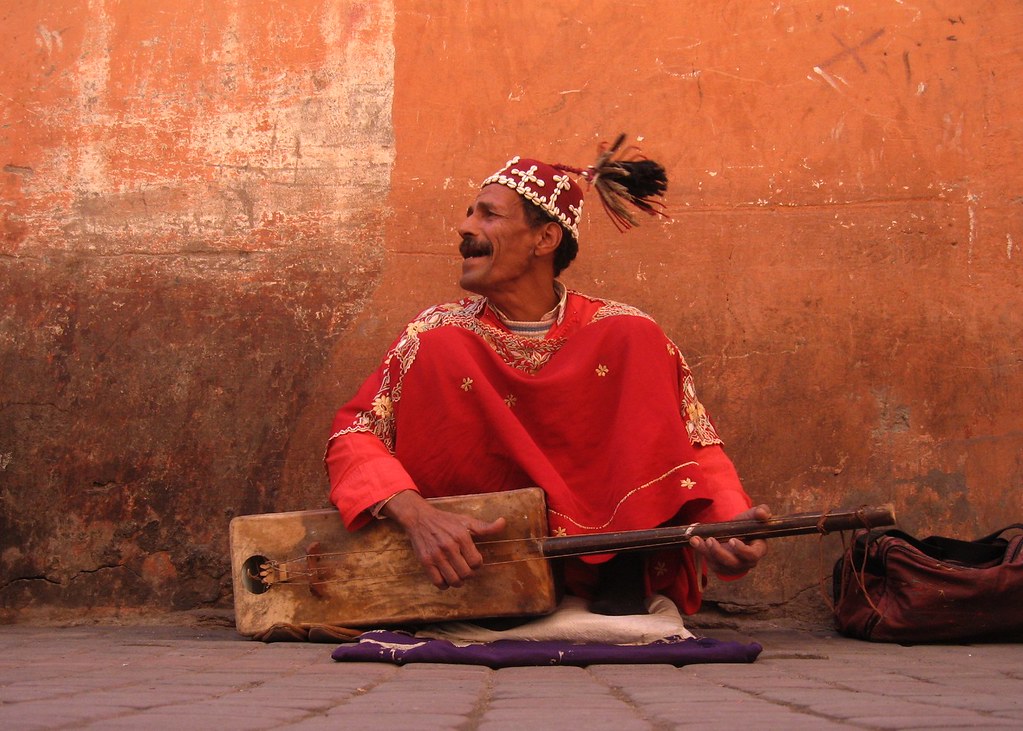
One of the most unique and mystical musical traditions in Morocco is Gnawa music. Originating from sub-Saharan Africa, particularly Mali and Sudan, Gnawa has become a symbol of spiritual healing and reflection in Morocco. This music is a blend of African, Berber, and Arabic influences, creating hypnotic rhythms that transport listeners to another realm.
Gnawa music is characterized by deep, trance-like beats, often accompanied by a three-stringed lute known as the guembri, large castanets called krakebs, and a rhythmic drumbeat. The musicians, dressed in traditional robes, perform not just for entertainment but also as part of spiritual ceremonies called lilas. These ceremonies aim to communicate with the spiritual world, heal the sick, or honor religious figures.
For those visiting Morocco, particularly Marrakech, experiencing a live Gnawa performance is an absolute must. Marrakech offers several venues to immerse yourself in this soulful music. One of the best places is Djemaa el-Fna Square, the heartbeat of the city, where street performers, including Gnawa musicians, gather to share their craft. For a more intimate experience, consider visiting the Gnaoua World Music Festival held in Essaouira, a coastal city just a few hours from Marrakech. This internationally renowned festival attracts artists from all over the world, offering an unparalleled experience of live Gnawa performances.
Belly Dancing: Grace and Sensuality in Motion
Belly dancing, known locally as “shikhat”, is another iconic element of Morocco’s traditional dance culture. This dance form is celebrated for its beauty, elegance, and intricate body movements, with its roots tracing back to ancient Middle Eastern and North African cultures. While belly dancing is not exclusively Moroccan, it has a special place in Moroccan weddings and festivals, where dancers often perform to live music, enthralling the audience with their fluid movements and colorful costumes.
Belly dancing in Morocco is traditionally performed by women, and the dance itself symbolizes joy and fertility. The movements are focused on the hips, torso, and arms, creating a mesmerizing flow that captivates the audience. It’s often accompanied by lively folk music, with instruments like the oud, darbouka (a type of drum), and qanun creating a festive atmosphere.
If you’re in Marrakech and want to witness authentic belly dancing, several traditional restaurants and riads offer live performances as part of their evening entertainment. Chez Ali, located on the outskirts of Marrakech, is one of the most popular venues to enjoy dinner while watching belly dancers, acrobats, and horse riders perform under the stars. For a more intimate setting, the Palais Jad Mahal offers a luxurious dining experience with live belly dancing in a more refined, exclusive environment.
Ahwach and Aissawa: Connecting to Morocco’s Berber and Sufi Roots
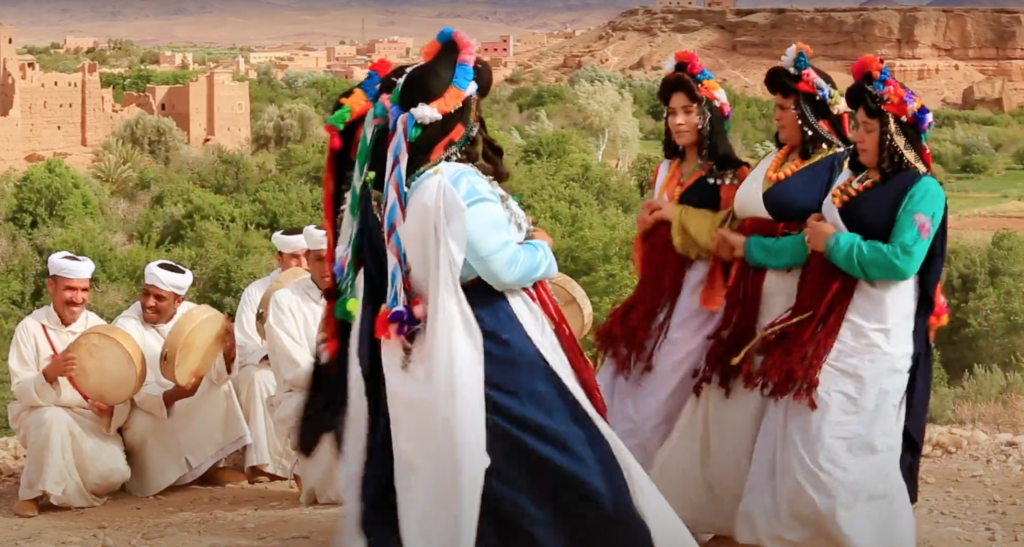
Beyond the well-known traditions of Gnawa music and belly dancing, Morocco is home to other important cultural expressions like Ahwach and Aissawa.
Ahwach is a traditional Berber dance performed in the rural regions of the Atlas Mountains. It’s a collective dance that involves both men and women standing in lines or circles, singing in call-and-response while performing synchronized, rhythmic movements. Accompanied by drums and tambourines, Ahwach often serves as a form of celebration during village festivals and weddings. If you’re venturing beyond Marrakech into the High Atlas region, be sure to inquire about local festivities where you might witness an Ahwach performance. The villages around Ouarzazate or Taliouine are great places to explore this deeply rooted Berber tradition.
Aissawa, on the other hand, is linked to Sufi spirituality and is known for its powerful trance-inducing rhythms. Aissawa music is performed during religious festivals and often leads participants into a trance state, seeking spiritual connection and healing. The music is deeply spiritual and usually performed by groups of male musicians playing a combination of wind instruments like the ghaita (a type of reed flute) and percussion instruments. In Marrakech, you can catch a glimpse of Aissawa performances during major religious celebrations or at select cultural festivals that honor Morocco’s Sufi traditions.
Where to Experience Traditional Music and Dance in Marrakech
Marrakech, being one of Morocco’s cultural capitals, offers numerous opportunities to experience traditional music and dance. Here are some of the best places to explore:
- Djemaa el-Fna Square: This bustling square is the cultural heart of Marrakech. Every evening, the square transforms into an open-air theater where Gnawa musicians, storytellers, and belly dancers perform for locals and tourists alike.
- Chez Ali Fantasia Show: For a complete cultural immersion, the Chez Ali dinner show combines a traditional Moroccan feast with live performances, including belly dancing, Berber music, and a horse-riding spectacle.
- Le Comptoir Darna: This stylish restaurant in the Hivernage district of Marrakech offers a chic atmosphere with nightly belly dancing performances, perfect for those looking to experience traditional music and dance in a modern setting.
- Gnaoua World Music Festival (Essaouira): While not in Marrakech itself, this festival is only a short trip away and offers the ultimate Gnawa experience. Essaouira’s historic medina becomes a stage for world-class musicians during this annual event, making it well worth the journey.
- Festival National des Arts Populaires: Held annually in Marrakech, this festival showcases a variety of traditional Moroccan music and dance forms, including Ahwach, Aissawa, and Gnawa, offering visitors a unique chance to experience the country’s rich cultural diversity in one event.
Conclusion
Traditional music and dance are an inseparable part of Morocco’s cultural fabric, offering a window into the country’s diverse history and spiritual traditions. Whether you’re drawn to the mystical rhythms of Gnawa, the elegance of belly dancing, or the vibrant communal spirit of Ahwach and Aissawa, Morocco offers countless opportunities to immerse yourself in these ancient art forms. Marrakech, in particular, stands out as a cultural hub where visitors can experience live performances in venues ranging from bustling public squares to intimate dining establishments. For those looking to dive deep into Morocco’s artistic heritage, these musical and dance traditions are a powerful gateway to understanding the heart and soul of the country.
